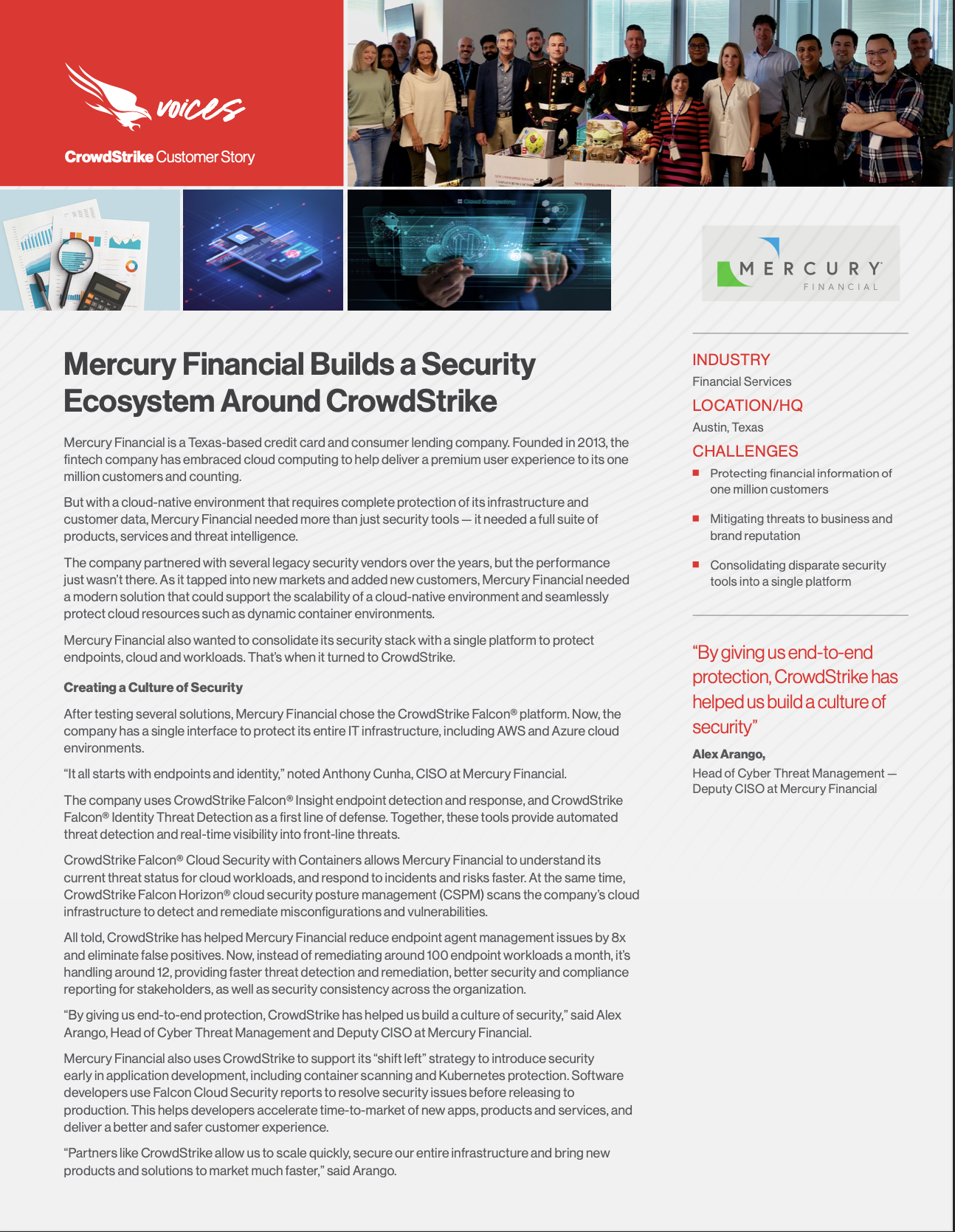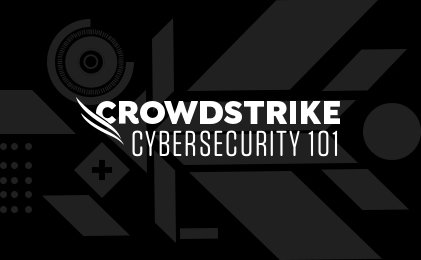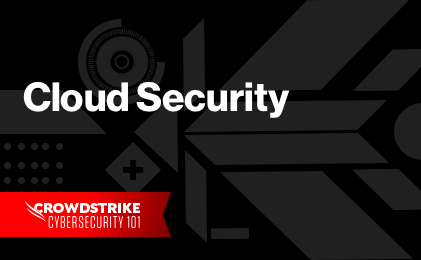What is a cloud security policy?
Modern organizations have eagerly embraced cloud computing for its unmatched flexibility and efficiency. However, with this convenience comes the challenge of properly securing access and permissions.
A cloud security policy is a framework with rules and guidelines designed to safeguard your cloud-based systems and data. It dictates how your data is secured, who can access it, and the procedures in your organization for managing these access rights.
An organization uses its cloud security policy to guard against cyber threats, preventing unauthorized access and data breaches. By clearly defining these security measures, your organization can protect its assets in the cloud while ensuring compliance with regulatory requirements. In the modern digital landscape where threats are constantly evolving, a cloud security policy protects your assets and aids in risk management. It enables your organization to:
- Identify potential vulnerabilities
- Enforce data privacy standards
- Respond effectively to incidents
By taking a proactive approach to security through establishing and enforcing a cloud security policy, your organization not only mitigates risk but also furthers business objectives, ensuring that cloud operations enhance productivity without compromising security.

2023 Cloud Risk Report
Download this new report to learn about the most prevalent cloud security threats from 2023 to better protect from them in 2024.
Download NowKey components
A cloud security policy comprises several critical sections, each targeting a specific aspect of security and operational governance. Here’s a list of key sections:
- Purpose and scope: Defines the policy’s goals and the cloud environments it covers, ensuring stakeholders understand its applicability and objectives.
- Roles and responsibilities: Details the roles within the organization and their specific security-related responsibilities, promoting accountability and clarity in security operations.
- Data classification and control: Categorizes data based on sensitivity and outlines handling requirements, ensuring appropriate protection levels for different types of data.
- Access control: Specifies who can access what in the cloud environment — including protocols for authentication and authorization — to prevent unauthorized access.
- Data encryption: Mandates encryption standards for data at rest and in transit, providing guidelines for protecting data confidentiality and integrity.
- Identity and access management (IAM): Describes the processes for managing user identities and permissions, including the use of multi-factor authentication and the principle of least privilege.
- Incident response and reporting: Outlines procedures for managing security incidents — including detection, response, recovery, and notification processes — to ensure timely and effective action.
- Compliance and auditing: Defines the compliance requirements with relevant laws, regulations, and other cloud security standards and outlines the audit processes for ensuring compliance and identifying areas for improvement.
Other aspects covered in a cloud security policy might include endpoint security, network security, disaster recovery, training, and policy review procedures.
Designing an effective cloud security policy
Crafting an effective cloud security policy demands a tailored approach that aligns with your organization’s unique needs, regulatory obligations, and business objectives. Cloud environments and operational structures are diverse, so there’s no one-size-fits-all approach. However, the following key guidelines are common for most organizations as they work toward developing a robust policy.
Identify sensitive data
The first critical step toward an effective policy is understanding what constitutes sensitive data within your organization. This involves classifying data based on its importance and sensitivity. As you do this, consider factors like personal information, intellectual property, and financial records. Effective classification guides the level of protection each data type requires. Naturally, the most stringent security measures are applied to the most sensitive data. This process not only helps in prioritizing security efforts but in complying with relevant data protection regulations.
Conduct a risk assessment
A thorough risk assessment is essential for identifying potential threats and vulnerabilities in your cloud environment. First, evaluate how data is stored, processed, and accessed within your organization. Then, identify the risks associated with these processes. By understanding the threat landscape, your organization can develop targeted strategies to mitigate identified risks, ensuring that security measures are both relevant and proportionate to the threats encountered.
Define roles and responsibilities
A clear definition of roles and responsibilities within your organization ensures that everyone knows their part in maintaining cloud security. This step involves assigning specific security tasks to designated roles, from managing user access to responding to incidents. To enforce policy compliance and foster a culture of security awareness, your organization will need to work toward establishing accountability and ensuring that all team members understand their security obligations.
Create clear guidelines for user behavior
Finally, establish clear guidelines for how users interact with cloud services and data. This should include rules for password management, data sharing, and the use of personal devices. Clear guidelines help prevent unintentional security breaches and reinforce your organization’s security posture. By educating users on safe practices and the potential consequences of noncompliance, organizations can reduce the risk of insider threats and human error.

Customer Story: Mercury Financial
Learn why Mercury Financial, a consumer lending company, went to CrowdStrike to consolidate its security stack with a single platform to protect endpoints, cloud and workloads.
Download NowCloud security policy management
Organizations must ensure that their cloud security policy remains effective, relevant, and enforceable over time. This means engaging in the continuous process of updating the policy to reflect new security threats and technological advancements and ensuring that it remains deeply integrated into organizational practices. Key practices in cloud security policy management include:
- Regular reviews: The policy should be periodically reviewed and updated to align with new security technologies, threat landscapes, and business changes. This ensures that the policy remains relevant and effective.
- Training and awareness: Educating stakeholders about the cloud security policy and its updates is vital. Training ensures everyone understands their role in maintaining security and compliance.
- Monitoring and enforcement: Continuous monitoring of cloud environments and enforcing the policy are key to its success. Utilizing security tools and services can help in detecting deviations and ensuring compliance.
- Feedback loop: Establishing a mechanism for feedback on the policy’s effectiveness from across the organization can highlight areas for improvement and help with adapting the policy to practical needs.
Protect your enterprise with CrowdStrike Falcon Cloud Security
In this post, we’ve covered the definition and purpose of a cloud security policy, its key components, and the core practices involved in designing and managing an effective policy to meet your organization’s specific needs.
CrowdStrike Falcon® Cloud Security offers advanced protection for cloud environments, leveraging real-time monitoring and threat detection to enforce your cloud security policy effectively. With Falcon Cloud Security, organizations can manage access controls, monitor security configurations, and respond to threats with speed and precision, ensuring that their cloud security posture is robust and resilient.
Expert Tip
When your organization is ready to see how it stacks up against today’s landscape of cloud threats, sign up for a free Cloud Security Risk Review* to evaluate your cloud environment’s security posture. CrowdStrike’s team of experts will help you identify misconfigurations, potential vulnerabilities, and possible cloud threats, moving you in the right direction toward crafting and managing an effective cloud security policy. CrowdStrike's Cloud Security Health Check

